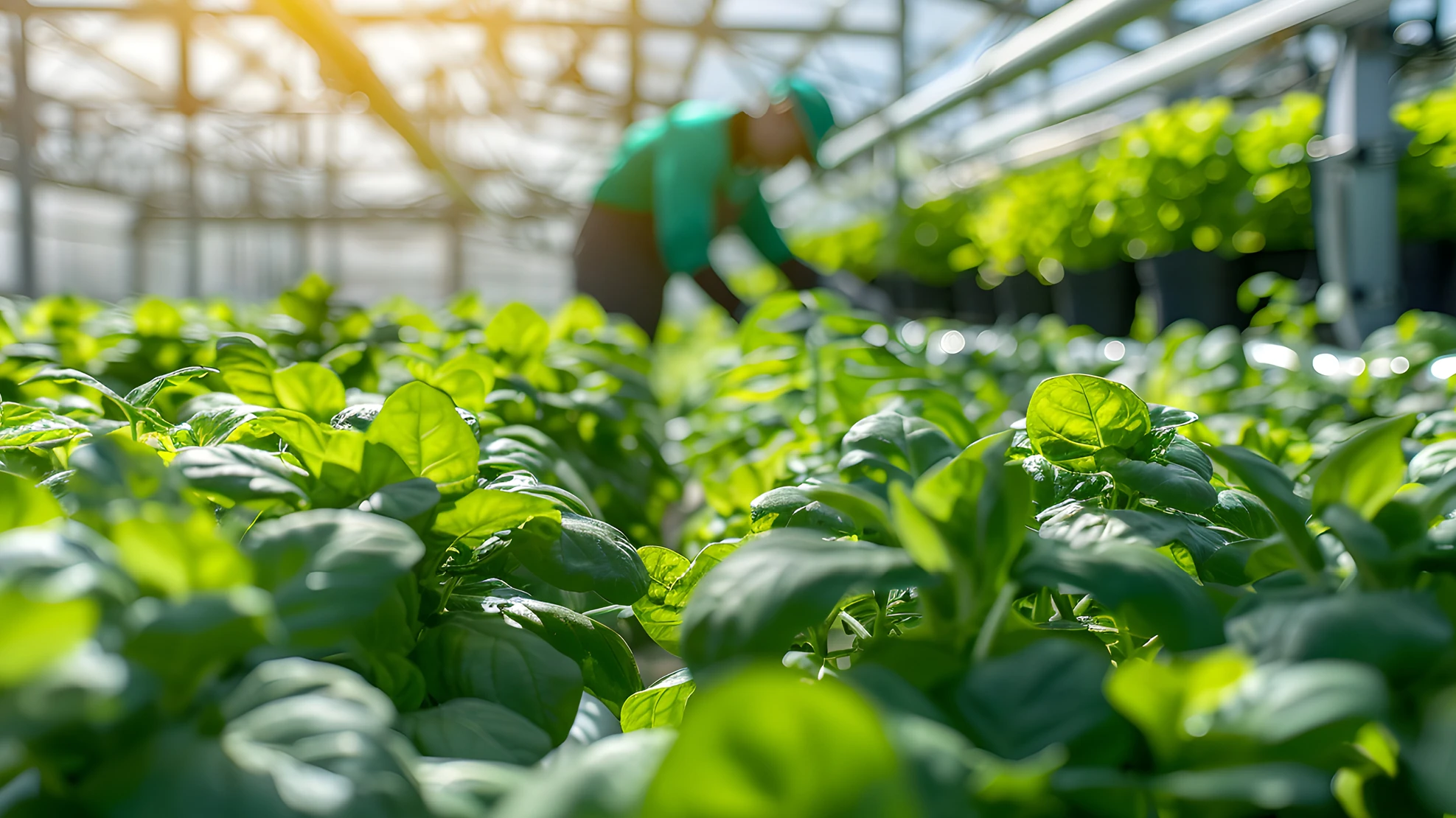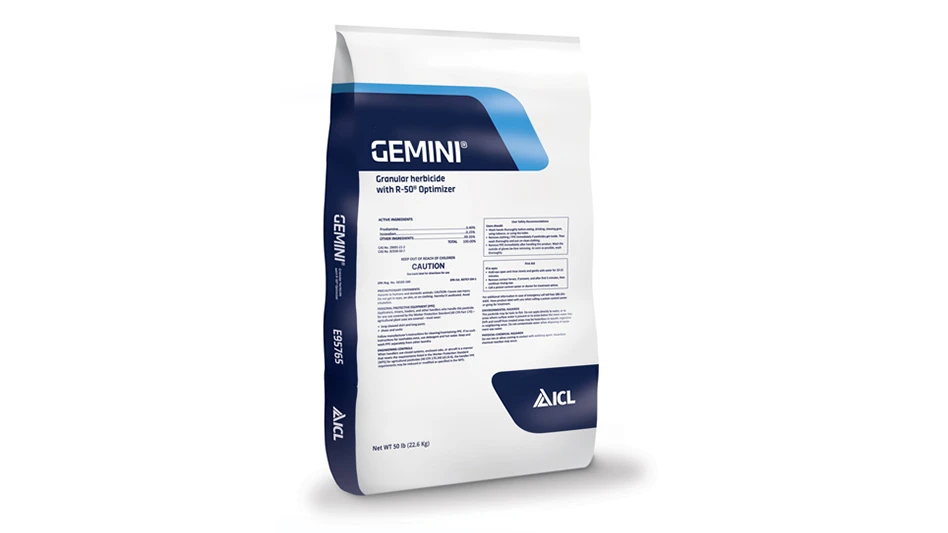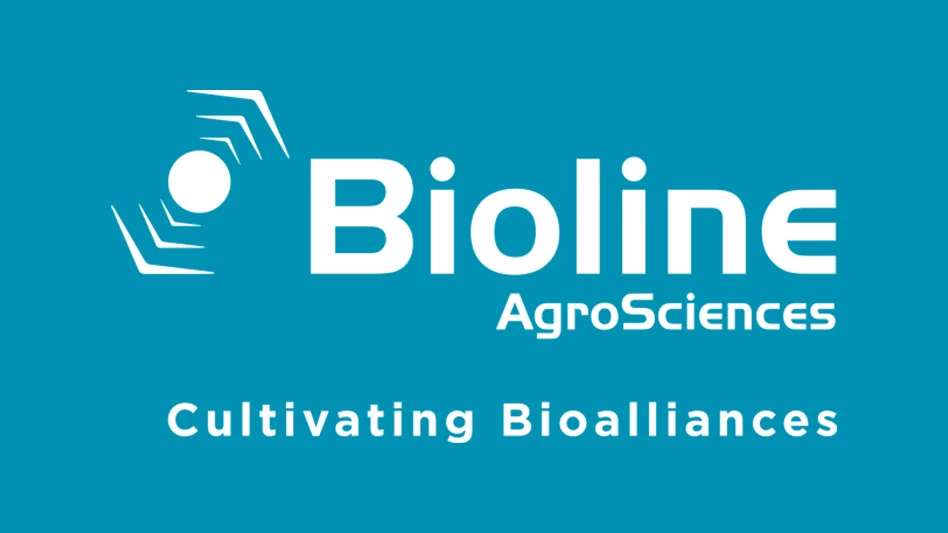Meet the perp
 Twospotted spider mite, Tetranychus urticae is one of the most destructive mite pests of greenhouse-grown horticultural crops; feeding on more than 300 different crops. Twospotted spider mite adults are 0.3 to 0.45 mm long, oval-shaped and vary in color from green-yellow to red-orange. However, this color variation will depend on the host plant fed upon. Adults possess distinct black spots on both sides of the body (hence the name “twospotted”). Adult females can live up to 30 days and lay around 200 small, spherical, transparent- to pale-colored eggs during a two-week period. Eggs are laid on the underside of leaves along the mid-veins to protect them from exposure to sunlight and thus desiccation. Eggs hatch into yellow-green, six-legged larvae that quickly mature into eight-legged nymphs, and then adults.
Twospotted spider mite, Tetranychus urticae is one of the most destructive mite pests of greenhouse-grown horticultural crops; feeding on more than 300 different crops. Twospotted spider mite adults are 0.3 to 0.45 mm long, oval-shaped and vary in color from green-yellow to red-orange. However, this color variation will depend on the host plant fed upon. Adults possess distinct black spots on both sides of the body (hence the name “twospotted”). Adult females can live up to 30 days and lay around 200 small, spherical, transparent- to pale-colored eggs during a two-week period. Eggs are laid on the underside of leaves along the mid-veins to protect them from exposure to sunlight and thus desiccation. Eggs hatch into yellow-green, six-legged larvae that quickly mature into eight-legged nymphs, and then adults.
Twospotted spider mites turn orange-red in late summer through fall, and over winter as fertilized females. The absence of host plants may provoke dormancy, causing mites to reside in cracks and crevices until plant material becomes available. The life cycle from egg to adult takes one to three weeks to complete however, this is contingent on the ambient air temperature. For example, the life cycle can be completed in seven days at 84 degrees Fahrenheit.
Twospotted spider mites primarily feed on leaf undersides. Damaged leaves are bleached or stippled with small silvery-gray to yellow speckles. The presence of “high” mite populations may result in plant parts, including leaves and flowers, being covered with irregular webbing where all the life stages (eggs, larvae, nymphs, and adults) are located. The webbing protects mites from spray applications of miticides and natural enemies like predatory mites.
Monitoring
 Monitoring or scouting is important to determine the extent of twospotted spider mite populations in the greenhouse throughout the growing season. Monitoring will determine seasonal trends in populations and assess the effectiveness of plant protection strategies. The main techniques used to monitor for twospotted spider mites include 1) Visually inspect plants routinely using a 10x hand-lens and look under leaves for the presence of eggs, larvae, nymphs and adults; and 2) Vgorously shake plant leaves over a white sheet of paper (8 x 11 inches) and look for the mites moving around slowly on the paper. This can be used as a presence-absence method of monitoring for twospotted spider mites.
Monitoring or scouting is important to determine the extent of twospotted spider mite populations in the greenhouse throughout the growing season. Monitoring will determine seasonal trends in populations and assess the effectiveness of plant protection strategies. The main techniques used to monitor for twospotted spider mites include 1) Visually inspect plants routinely using a 10x hand-lens and look under leaves for the presence of eggs, larvae, nymphs and adults; and 2) Vgorously shake plant leaves over a white sheet of paper (8 x 11 inches) and look for the mites moving around slowly on the paper. This can be used as a presence-absence method of monitoring for twospotted spider mites.
Prevention
In order to prevent or minimize problems with mites it is important to implement the following practices:
- Avoid overfertilizing plants, especially with nitrogen-based fertilizers. This results in the production of soft, succulent tissue that is much easier for mites to penetrate with their mouthparts. Also, this increases the levels of amino acids and proteins, which are essential for the development and reproduction of twospotted spider mites
- Remove old plant material that may serve as a source of twospotted spider mite populations for the next crop
- Avoid “water-stressing” plants, which increases their susceptibility to twospotted spider mites
- Remove weeds and heavily infested plants from within the greenhouse
- Although mites are primarily on the leaf underside, overhead watering may reduce twospotted spider mite populations by washing them off the tops of leaves.
Treatment
Miticides are still mostly used to suppress twospotted spider mite populations. However, it is critical to rotate miticides with different modes of action in order to avoid the potential for resistance development. The same mode of action should be used within a generation, which is approximately two weeks, although this varies with the season as more frequent rotations will be required from late spring to early fall. This is due to the number of generations that occurs during this time period. When rotating miticides with different modes of action, it is assumed that the frequency of individuals resistant to one miticide will diminish during the application of another miticide. It is also important to get thorough coverage of all plant parts — especially leaf undersides. There are a number of predatory mites commercially available including Phytoseiulus persimilis, Amblyseius californicus, and A. fallacis. Be sure to contact a supplier or distributor of biological control agents to obtain information on availability and release rates. The use of biological control will only be effective in regulating twospotted spider mite populations if the predatory mites are released prior to mite populations becoming established.
Raymond Cloyd is a professor and extension specialist in horticultural entomology/plant protection in the Department of Entomology at Kansas State University. His research and extension program involves plant protection in greenhouses, nurseries, landscapes, conservatories and vegetables and fruits.

Explore the June 2015 Issue
Check out more from this issue and find your next story to read.
Latest from Greenhouse Management
- 2025 Proven Winners Horticulture Scholarship applications now open
- How to improve inventory and shipping management in the greenhouse
- Leading Women of Horticulture: Anna Ball, Ball Hort, and Terri McEnaney, Bailey Nurseries
- GM CEA HERB Part 2: A guide to increasing the sowing density of culinary herbs
- GM CEA HERB Part 1: Best practices for producing culinary herbs in controlled environments
- USDA fires experts on invasive pests, including Asian citrus psyllid, chilli thrips
- CEA Alliance celebrates bipartisan introduction of Supporting Innovation in Agriculture Act
- Dümmen Orange North America celebrating 25th anniversary in 2025








